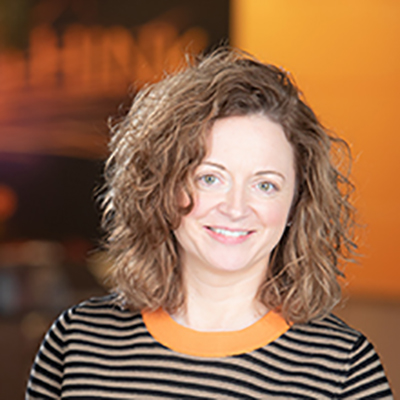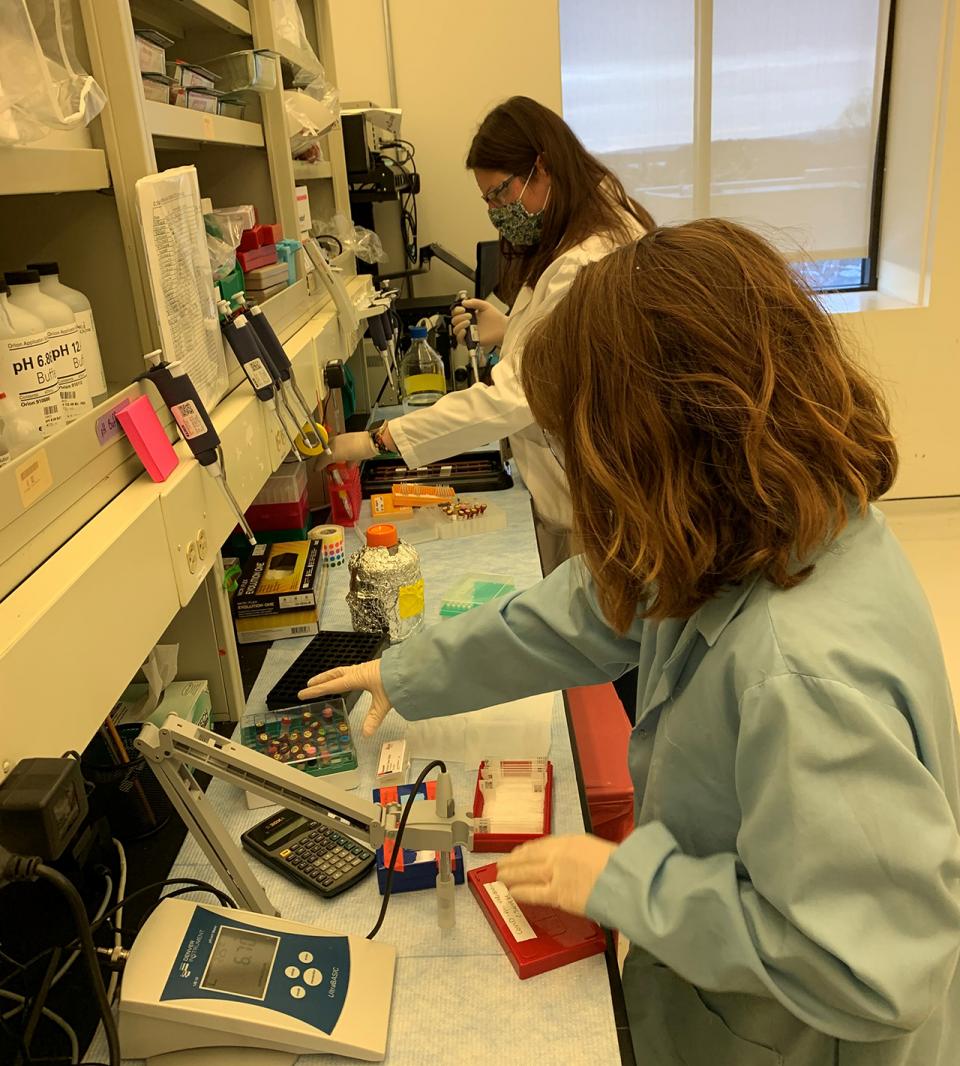When doctors want to assess how badly COVID-19 has damaged patients' lungs, they often use CT scans to study telltale gray and white patches that show inflammation and damage. But these scans are akin to looking at a satellite image of a neighborhood: You can see in general where the parks and streets are, but it’s hard to get a more detailed view.
Now scientists at GE Research are seeking to get a closer look. Over the next six months, they will map individual cells in samples of lung tissue from COVID-19 patients who died from the disease and study how the cells interact with one another. This will include lung cells, blood vessels and immune cells in multiple regions of the lung. Lung cells are particularly vulnerable to COVID infection due to high levels of protein that the virus binds to. They hope the results will be something closer to a satellite street view, where you can see details down to the house level, which helps us understand COVID-19 infection mechanisms better. “We hope we can help provide insights into therapeutic approaches,” says bioscientist Fiona Ginty, who is leading the GE team. “But we also want to better understand how the disease and damage progress.”

The researchers will use a process called spatial cell analysis to map the lungs. It will allow them to see which cells are attacked by the virus and how the immune cells respond. “When we analyze cells, we have a spatial location for every cell in the sample,” Ginty says. “Microscopy images are digitized and the position of every cell is recorded, even if it's just a submicron distance.” A micron is one-millionth of a meter. Lung cells are about 10-20 microns wide.
The study, which is funded by the National Institutes of Health and is a partnership with the University of Rochester Medical Center, will build on the work of two ongoing NIH cell-mapping programs. The Human Biomolecular Atlas Program (HuBMAP) is an effort to map every cell in the body. Scientists estimate there are 37 trillion cells in the adult human body. The second study is the Lung Molecular Atlas Program (LungMAP), which is seeking to create the world’s first comprehensive map of the developing human lung, down to the cellular level and molecular. The goal of the Lung Molecular Atlas Program is to help better diagnose and treat respiratory illnesses, including asthma and chronic obstructive pulmonary diseases like emphysema and cystic fibrosis.
Ginty says the new lung study is very much a “mindshare” and that the team will leverage analysis tools being developed on HuBMAP to accelerate its work. The new study will include samples from patients who were infected with COVID-19, and died soon after, and also samples from patients who succumbed to the disease after a prolonged fight. “By the end of the study, we will have data on millions of cells, and we hope to be able to interrogate how COVID-19 infection leads to cellular damage and how that changes over time,” Ginty says.
Ginty’s team will be working closely with Dr. Gloria Pryhuber, a pulmonologist and principal investigator at the University of Rochester Medical Center. At the end of the 12-month study, they plan to publish their work and share the data to help other researchers looking for ways to fight the virus. “COVID-19 has been terrible, but the amazing thing has been how scientific communities have come together across the world and how they are sharing data,” Ginty says. “That has allowed things to really accelerate, which might have taken a long time before.”
**Research reported in this publication was supported by the National Institute on Aging of the National Institutes of Health under award number 3UH3CA246594-02S1. The content is solely the responsibility of the authors and does not necessarily represent the official views of the Office of The Director, National Institutes of Health (OD).





